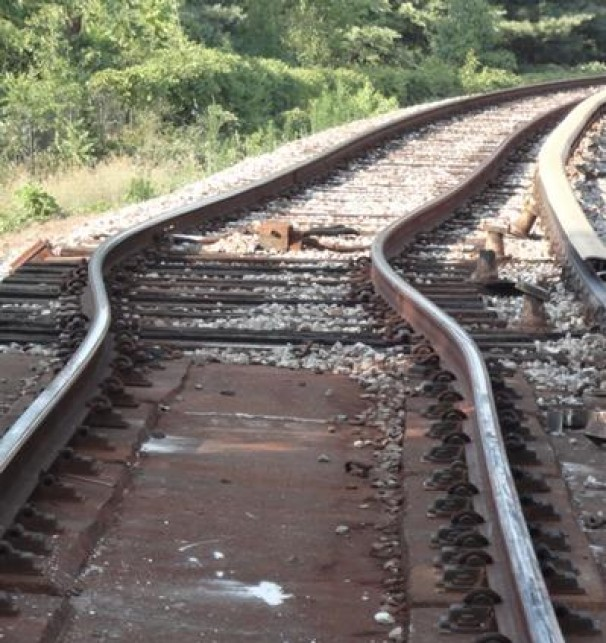Extreme heat reveals extreme infrastructure challenges
By Claire Thompson
9 Jul 2013 (Grist) – Having trouble beating the heat this summer? Imagine how your infrastructure feels. Last summer, we told you about extreme heat leading to buckling roads, melting runways, and kinky railroad tracks. Now we’re also hearing about droopy power lines and grounded airplanes. NPR’s Science Friday hosted a discussion last week with Vicki Arroyo, executive director of the Georgetown Climate Center, about how cities can adapt to hotter temperatures and other climate impacts like floods and rising sea levels. Here’s Arroyo:…the thing to keep in mind is that this infrastructure is built for the past conditions in our local area. So, it’s not to say that we can’t change our infrastructure with climate change in mind, whether it be climate change impacts along the coast, like storm surge or sea level rise, but it’s obviously going to take time and it’s going to take money.
Arroyo and host Ira Flatow talked about some of the solutions cities are considering or already implementing to make their systems more resilient. The simplest and most obvious one: locating backup generators above ground level so flooding won’t render them useless. (Arroyo also points out the irony that backup generators are powered by fossil fuels.) Utilities have started to build power lines with shorter, squatter telephone poles less likely to be felled in a windstorm; D.C. is even beginning a project to bury its power lines underground, although that approach doesn’t make as much sense for flood-prone areas. A caller named Jim from St. George, Utah, talks about how reflective building materials enhance the urban heat island effect. D.C. is also helping property owners install green roofs with the revenue from a plastic-bag fee. In terms of preventing the kind of massive system failure that, after Hurricane Sandy, stranded folks in high-rise apartment buildings without heat or electricity for over a week, Arroyo points to distributed power and smart grids as a solution, and also notes that having a fleet of vehicles not powered by oil comes in handy in a disaster situation: [more]
